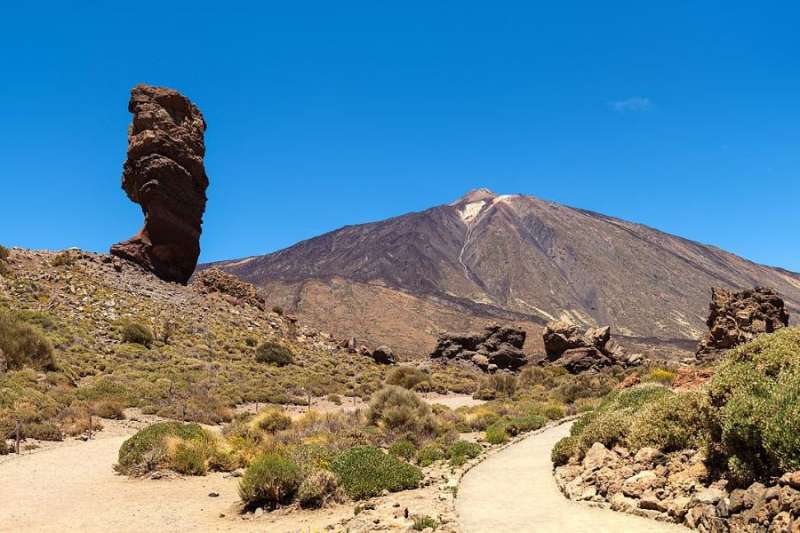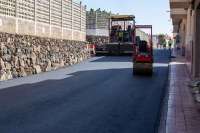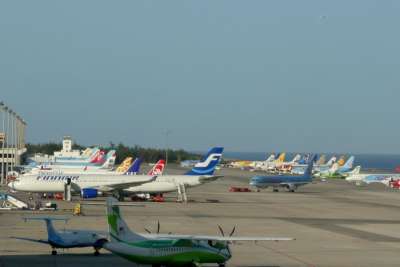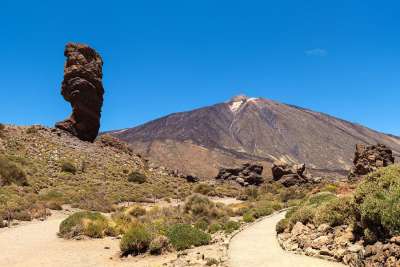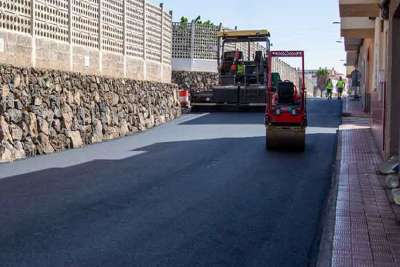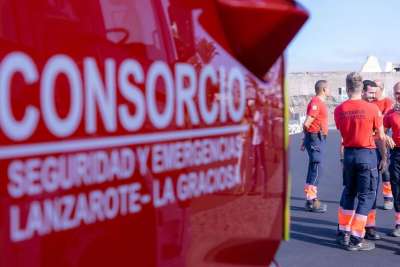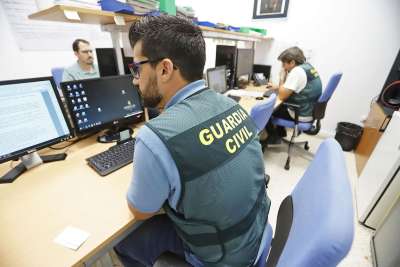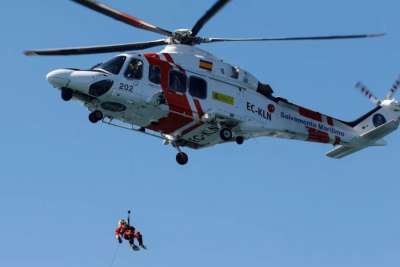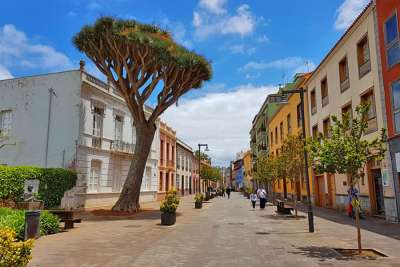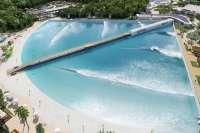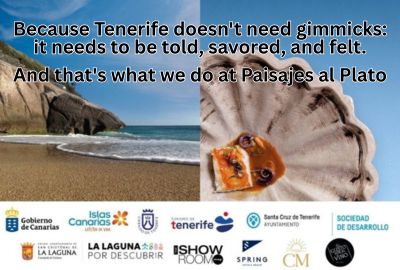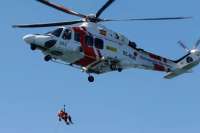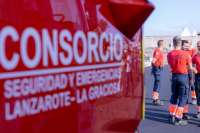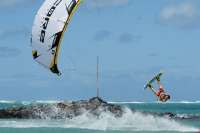New plans for Teide National Park cause controversy over tourist limits and conservation rules
- 13-10-2025
- Tenerife
- by Canarian Weekly
- Photo Credit: Hello Canary Islands
A new management plan for Teide National Park, set to replace the one that has been in force for more than 20 years, is already generating intense debate across Tenerife. The draft proposal introduces time-based access limits, a shuttle transport system, and changes to activity regulations, while also relaxing some existing restrictions.
This has led major scientific institutions, including the Spanish National Research Council (CSIC) and the University of La Laguna (ULL), to vote against it.
Parking and transport restrictions
One of the most significant changes would limit access to the park’s car parks during certain hours to public or authorised private shuttle services only. Visitors arriving by car outside those hours could be turned away.
A new network of shuttle buses would link park-and-ride areas to key locations inside Teide National Park, and anyone wishing to use the cable car would have to arrive via these shuttles.
Visitor numbers and capacity
While the current 2002 plan already mentioned the need to control visitor numbers, it was never strictly enforced. The new draft confirms that visitor access will be regulated once capacity limits are established.
It also introduces a specific cap of 150 people allowed at La Rambleta and nearby paths (Telesforo Bravo, Mirador de la Fortaleza, and Mirador de Pico Viejo) at any one time, with a maximum of 50 people on the trail to the summit.
Cycling and sporting events
Cyclists are currently restricted to paved roads, but the new plan would open several unpaved tracks, including those in Arico El Viejo, Fasnia, Corral del Niño–Montaña del Limón, and Guamaso.
It would also give official approval to major sporting events such as the Tenerife Bluetrail, Teide 360, Vuelta Ciclista Isla de Tenerife, and possibly even La Vuelta a España, provided they are organised by the island’s authorities and deemed low-impact. Critics say the proposal fails to set limits on participant numbers.
Beekeeping and muflon control
The new plan would initially allow up to 2,600 beehives, reducing this by 150 each year until reaching 2,000. The CSIC has warned this could harm native species, as honeybees compete with local pollinators and alter the park’s ecological balance.
In contrast, the plan sets a clear five-year deadline to eradicate the muflon, a non-native wild sheep introduced decades ago for hunting that has long been blamed for damaging native plants and fragile ecosystems.
Caving and exploration
Rules for caving would also be relaxed. Instead of requiring participants to be members of a federation, they would only need authorisation from park management. Recreational caving would remain limited to the Sima de Vicky at Montaña Rajada.
A divided debate
Supporters argue the new plan modernises park management and strikes a better balance between tourism and conservation. However, critics, including environmental groups and researchers, say it risks prioritising visitor convenience over ecosystem protection and could open the door to commercial exploitation of the park’s fragile landscapes.

Other articles that may interest you...
Trending
Most Read Articles
Featured Videos
A Vision of Elvis Tenerife Promo
- 10-05-2025
Tenerife Travel Guide
- 13-12-2024
Live webcam from Lanzarote airport
- 13-12-2024


